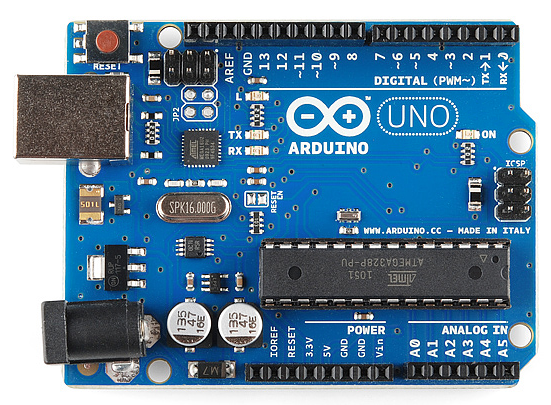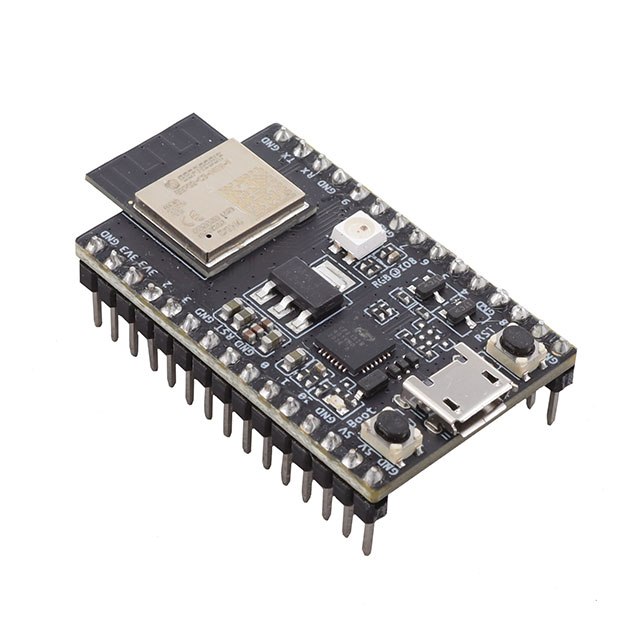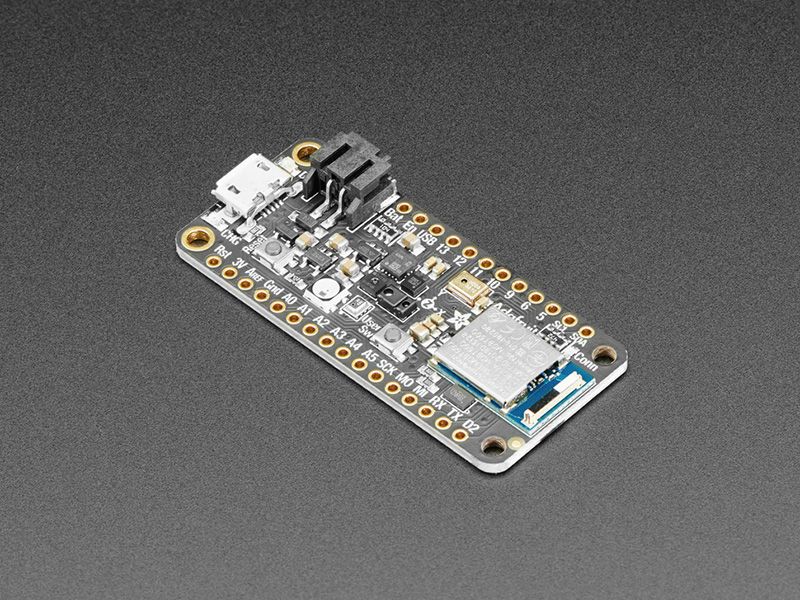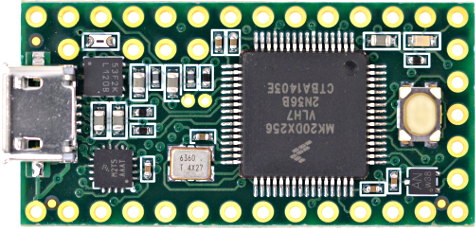Week 4 - Microcontroller Group Assignment¶
|
What's the name of the microcontroller (include a picture) |
How Many pins does your microcontroller have |
What are the types of pins your microcontroller has |
What type of sensors does your microcontroller have embedded on it directly? (if any) |
What is your microcontroller’s operational voltage? |
What type of languages can you program it with |
List of connectivity options (Can it connect to wifi? Bluetooth? Neither?) |
MKR1010
|
28 PINS |
Built-in LED Pin = 6 Digital I/O = 8 Analog input pins= 7(ADC8/10/12 bit) Analog output pins = 1(DAC 10bit) PMW-pins = 13(0-8, 10, 12, A3, A4) External interrupts = 10(0,1,4,5,6,7,8,9,A1,A2) |
Supported battery |
5-7V |
LANGUAGES: C++, Python. SOFTWARE: arduino IDE, Arduino cloud, Wokaki. |
Bluetooth: Nina W102 uBlox module Wi-Fi: Nina W102 uBlox module Secure element: ATECC508A |
|
Arduino UNO
|
A total of 32 pins Analogue NC: 1 IOREF: 1 Reset: 1 Power: 5 Analog/GPIO: 4 Analog input/I2C: 2 Digital Digital/GPIO: 10 Digital: 7 Power:1 |
Not Connected (NC): 1 Reference for Digital Logic V - connected to 5V (IOREF): 1 Reset: 1 +3V3 Power Rail: 1 +5V Power Rail: 1 Ground (Power): 2 Voltage Input (Power): 1 Analog Input/GPIO: 4 Analog input/I2C Data line: 1 Analog input/I2C Clock line: 1 Digital pin/GPIO: 10 SPI Chip Select: 1 SPI1 Main Out Secondary In: 1 SPI Main In Secondary Out: 1 SPI serial clock output: 1 Ground(Power): 1 Analog reference voltage: 1 Analog input/I2C Data line: 1 Analog input/I2C Clock line: 1 |
Arduino UNO has no embedded sensors as they are focused to provide a simple platform to be able to add your own desired sensors. |
3.3V, 5V |
The most functional language for it to be programmed with would be C++. But there are some alternatives such as Python and Visual Programming Languages. Although, for beginners it is possible to use different programming languages such as blocky programmes such as Scratch or BlocklyDuino but they will not be offering the same level of function as C++ |
As arduino UNO is created to be an affordable and beginner friendly device it is made to not have WiFi connection nor Bluetooth and gives the option for the users to do what they want. |
|
Arduino Nano Classic
|
A total of 30 pins |
Built-in LED Pin: 13 Digital I/O Pins: 14 Analog Input Pins: 8 PWM Pins: 6 |
None |
I/O Voltage: 5V Input voltage (nominal): 7-12V |
C++ |
Neither |
|
Adafruit Feather BlueFruit Sense nRF52840
|
28 |
|
- |
3.3v |
Arduino MicroPython C C++ |
Bluetooth |
|
ESP32
|
38 Pins |
|
The ESP32-S3 has a built-in sensor used to measure the chip's internal temperature. |
The ESP32's operating voltage range is 2.2 to 3.6V. |
C/C++, Micropython, Lua, and more. SOFTWARE: Arduino IDE ,Eclipse IDE |
WIFI - Bluetooth ESP boards now support three modules: Bluetooth (BT & BLE), IEEE802. 15.4, and Wi-Fi. |
|
Arduino Nano 33 IoT
|
30 |
Built-in LED Pin: 13 Digital I/O Pins: 22 Analog input pins: 8 PWM pins: 5 |
IMU LSMS36D |
3.3V |
a variant of C++ programmed using arduino IDE |
-Wifi (Arduino Cloud) -Bluetooth |
|
Arduino Nano Every
|
30 pins |
Built-in LED Pin: 13 Digital I/O Pins: 22 Analog input pins: 8 PWM pins: 5 |
No sensor |
6-20V unregulated external power supply, or 5V regulated external power supply |
C and C++ |
Bluetooth / wifi (Arduino Cloud) It lacks only a DC power jack, and works with a Mini-B USB cable instead of a standard one. |
|
Adafruit Feather BlueFruit Sense nRF52840
|
28 |
21 GPIO, 6 x 12-bit ADC pins, up to 12 PWM outputs (3 PWM modules with 4 outputs each) Pin #13 red LED for general purpose blinking, Blue LED for general purpose connection status, NeoPixel for colorful feedback Power/enable pin |
ST Micro series 9-DoF motion – LSM6DS33 Accel/Gyro + LIS3MDL magnetometer APDS9960 Proximity, Light, Color, and Gesture Sensor BMP280 temperature and barometric pressure/altitude |
Votage Range: 1.7V - 5.5V Recommended: 3.3V |
Arduino Circuit Python blutNordic SDK - C/C++ MicroPython ARM MBED Rust |
Bluetooth / wifi |
|
TEENSY 3.2
|
34 I/O PINS |
Digital I/O pins: 34 Analog input pins: 21 Analog output pins: 1 capacitive sense pins: 12 |
Not available |
3.3 V - 5 V A10 - A14 are not 5 V tolerant. Recommended: 3.3 V |
|
Neither |








